Shade Communication - Part 2: PhotographyNot that long ago dentists simply wrote the shade on the prescription and asked that the restoration match it exactly or they gave a written description of how to change it. Never mind that the same tab is likely a little different on each version or that verbally describing color is ridiculous at best. Imagine instructions like, “add more translucency” and pretend that we all have the same measurement of more, a little more, or a lot more. Most top ceramists generally agree on what is important in photography, while lamenting that they don’t receive it often enough. Most of you are familiar with our head ceramist Gary Nunokawa through his work at the Kois Center and other educational venues. I want to use this opportunity to give you insight on what an accomplished ceramist wants in photography and what Gary sees in the different photographs. Dene LeBeau Photography, Color and What Matters by Gary Nunokawa
The reason I placed value as the most important is because it is the most common reason that patients reject a restoration. All of us will see the crown as too dark or light before we can even consider the nuance of color. Teeth can and do harmonize next to each other with different color, but when it is too dark or light the difference becomes much like a head light. If the value is correct and the color is close, patients will usually embrace the esthetics. Control of the value is most important. The following seven photographs are the angles, distance and exposures we ask our clients to provide us for their anterior cases. In each photograph, I will explain why I want that particular shot, and what I see that may influence my ceramic decision making. ALWAYS place a shade tab for color/value contrast in each photo. From contour and morphology, to color and function, these photographs will typically provide me with information that I need to be successful with a case. Some bullet points to consider for ALL photographs are:
With the values arranged from light to dark, you can quickly get into the desired value range. Because I trust that the clinician took this photo with the patient perfectly horizontal, I can visually verify the position of the maxillary and make certain that the mounted casts are the same. Any noticeable horizontal difference between the mounted cast and this photo would bring into question the accuracy of the facebow.
In summary, I would probably rewrite the text on each of these photographs with the circumstances presented with each new patient. My point is, these seven photographs will typically provide me with the information that I need and will minimize confusion. Sometimes a ceramist may receive twenty, thirty or even forty photographs with variable camera settings and flash for one case. It is obvious that a clinician who does that much work cares deeply about the final results; however, an information overload can often be the enemy to esthetics. I respect the opinions of all of my peers and recognize that they may want photography that is different from mine. I welcome other opinions and encourage comments on this blog. – Gary
0 Comments
Your comment will be posted after it is approved.
Leave a Reply. |
Dental Street Blog
Categories
All
Archives
November 2022
|
Copyright © 2011 LeBeau all rights reserved Website created by: Cuddy Connections LLC.

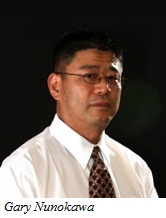
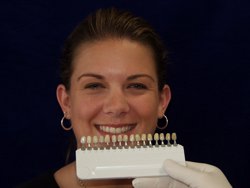
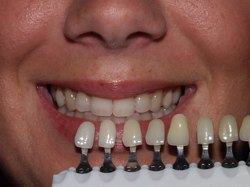
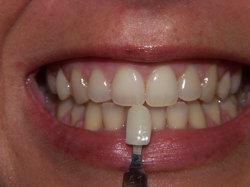
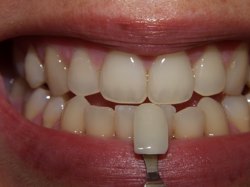
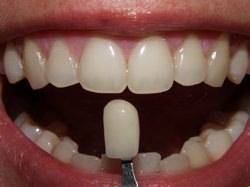
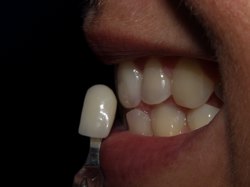
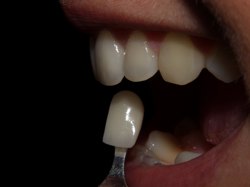
 RSS Feed
RSS Feed
